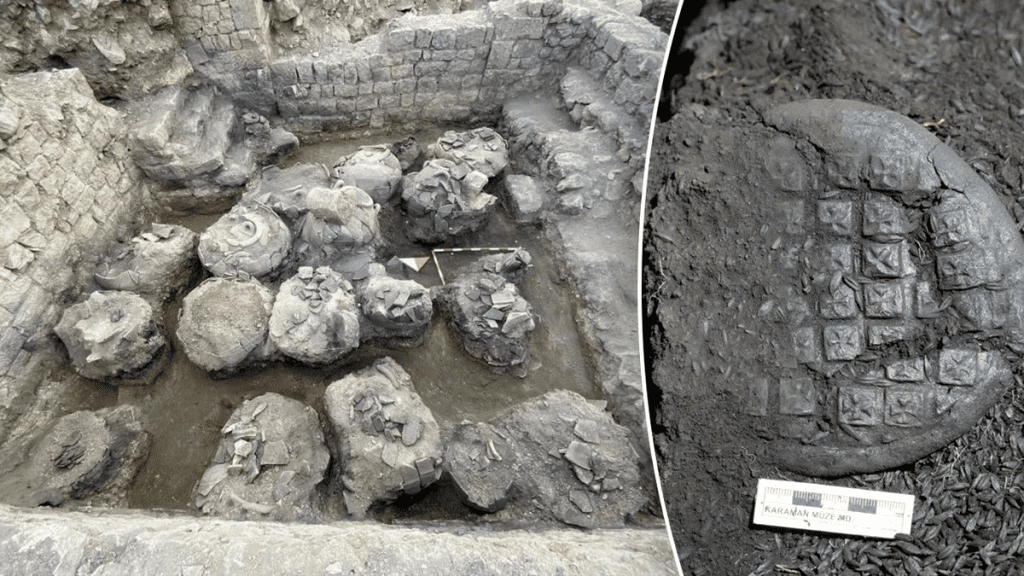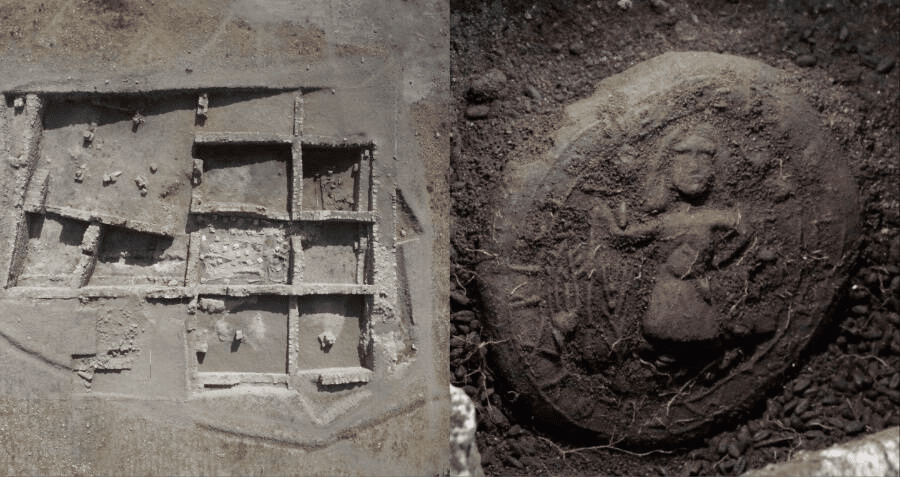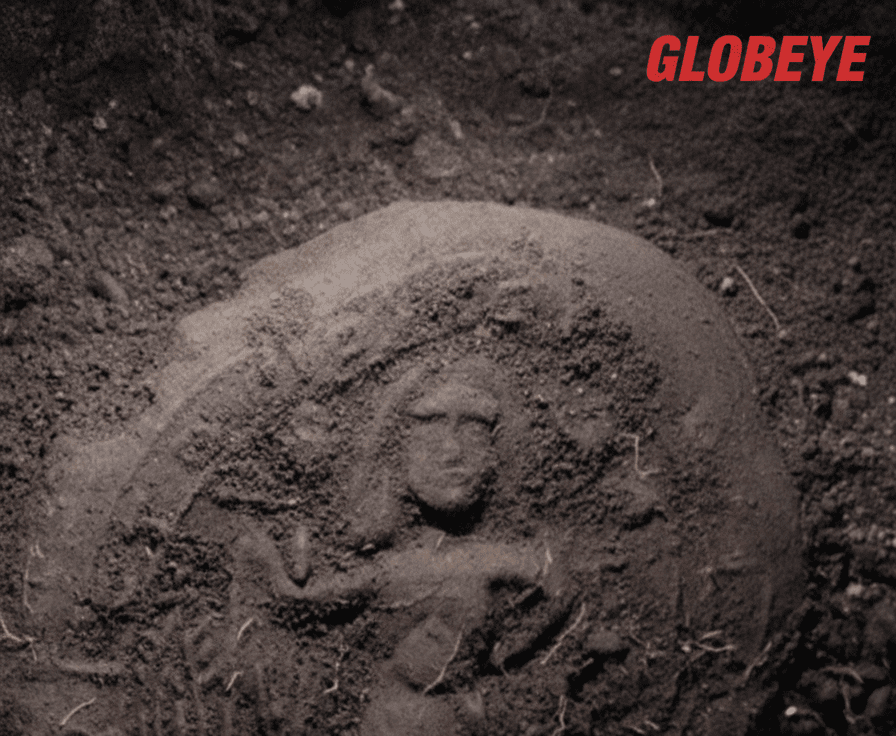Archaeologists Discover 1,200-Year-Old Loaf of Bread Bearing the Image of Jesus Christ in Ancient City of Eirenopolis — A Stunning Relic of Early Christianity
In what experts are calling one of the most remarkable archaeological discoveries of the decade, a team of Turkish archaeologists has unearthed a 1,200-year-old loaf of bread believed to bear the image of Jesus Christ. The astonishing find, described as a “rare relic of early Christianity,” was uncovered at the Topraktepe archaeological site in southern Turkey — the location once known as the ancient city of Eirenopolis.

The discovery immediately sparked global fascination after images of the carbonized loaf, still visibly showing what appears to be a human figure with outstretched arms, began circulating on social media. Experts from the Karaman Museum confirmed that the artifact is one of five carbonized loaves found at the site, all believed to date back to the early Byzantine era. Yet, it is this particular loaf — preserved remarkably well through centuries of heat and ash — that has drawn the world’s attention due to what appears to be the image of Christ’s face and upper body.
According to archaeologists involved in the excavation, the bread was likely preserved during a catastrophic fire that struck the settlement sometime between the 8th and 9th centuries. “The conditions of carbonization were perfect to seal its structure — and, remarkably, its imagery,” said Dr. Hasan Karaca, one of the excavation leads. “When we first brushed away the soil, we noticed a distinct impression — almost like an intentional image — and when we compared it to early Christian iconography, the resemblance to depictions of Jesus was undeniable.”
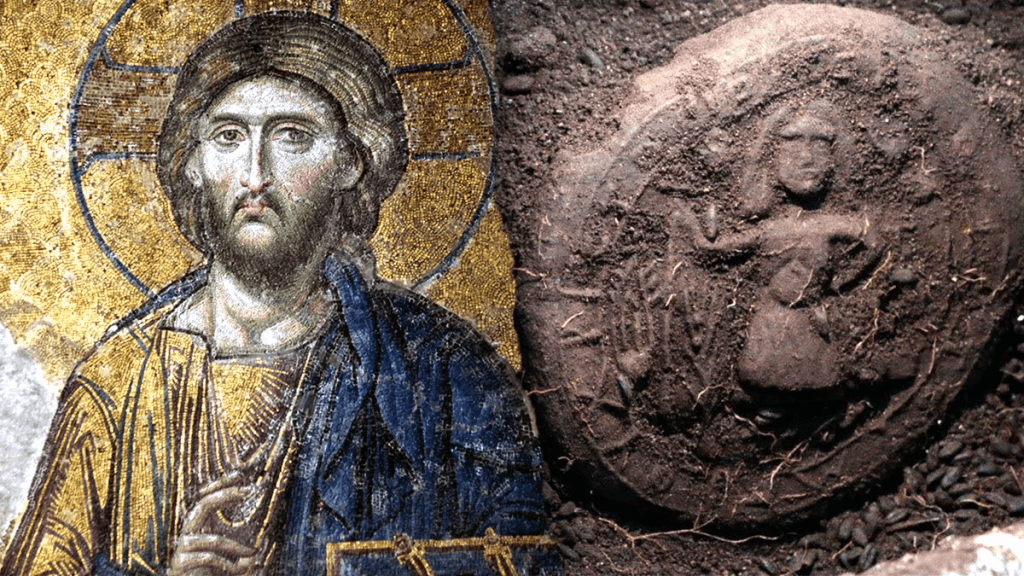
The ancient city of Eirenopolis, located in modern-day Karaman province, was once a thriving Christian hub in Asia Minor, known for its churches, mosaics, and intricate Byzantine relics. Archaeologists believe that the bread, possibly used in religious rituals or symbolic offerings, may have been baked with sacred imagery intentionally pressed into its surface — a practice known from early Christian monasteries and rural congregations.
Historians have long documented the use of bread as a spiritual symbol in Christianity — representing the body of Christ in communion and the sustenance of divine faith. The discovery, then, adds a powerful layer of historical context to one of the most enduring religious symbols in human history. “This is not just an artifact,” said Dr. Karaca. “It’s a direct connection to the earliest expressions of Christian belief — a moment frozen in time that unites faith and daily life.”
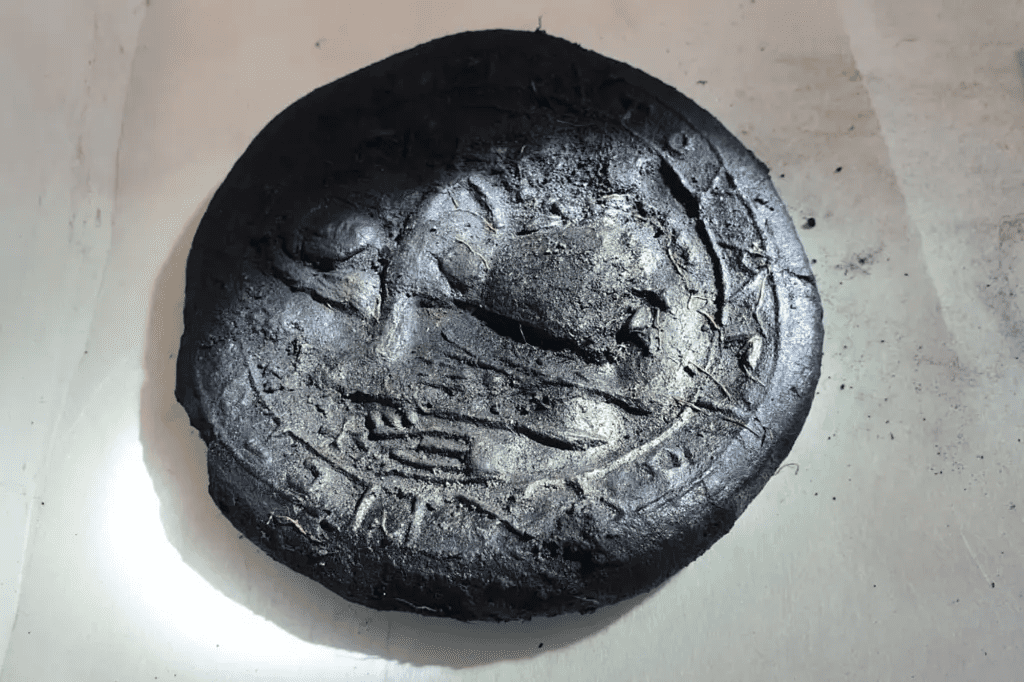
The discovery has already been transferred to the Karaman Museum for further preservation and study, where researchers are conducting 3D imaging and residue analysis to determine the loaf’s exact composition. Preliminary tests suggest it was made from a mixture of wheat and barley — common grains in Byzantine diets — and baked in a stone oven. However, the unique scorch pattern that produced the image remains unexplained, leading to a mix of scientific curiosity and spiritual wonder among those studying it.
For many believers, the find has transcended archaeology and entered the realm of faith. Christian communities across Turkey and beyond have expressed deep emotion upon seeing the image, with some calling it “a message from history” and others interpreting it as a reminder of endurance and faith through centuries of persecution and change.
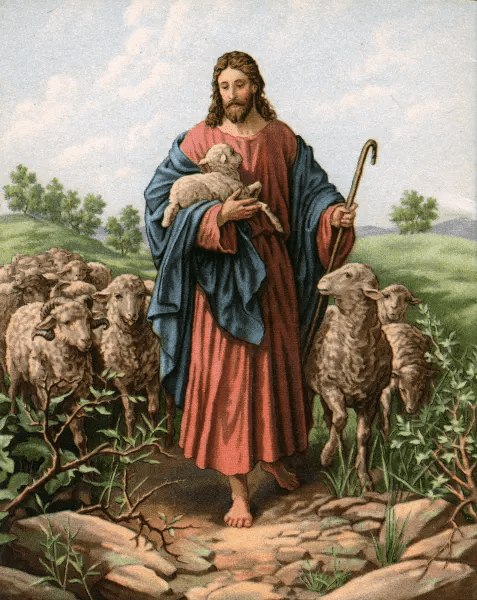
The Turkish Ministry of Culture has announced plans to feature the relic in a special exhibition on early Christianity in Anatolia next year. “It’s an extraordinary piece of our shared human heritage,” a ministry spokesperson said, “one that bridges religion, art, and archaeology in a way very few discoveries ever do.”
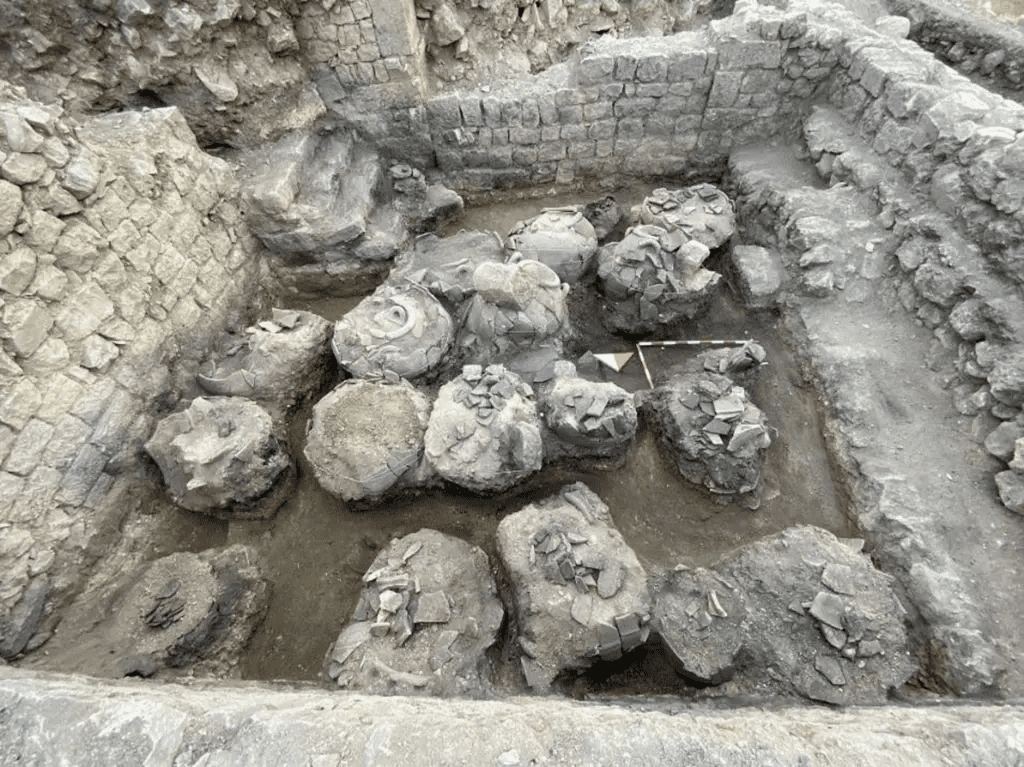
Online, the story has ignited global conversation. From scholars to everyday believers, people are captivated by the idea that something as humble as bread — the symbol of nourishment and faith — could carry a divine image across more than a millennium. Whether viewed as a coincidence of heat and pattern or as a miraculous imprint, there’s no denying the powerful emotional impact this 1,200-year-old loaf has made.
